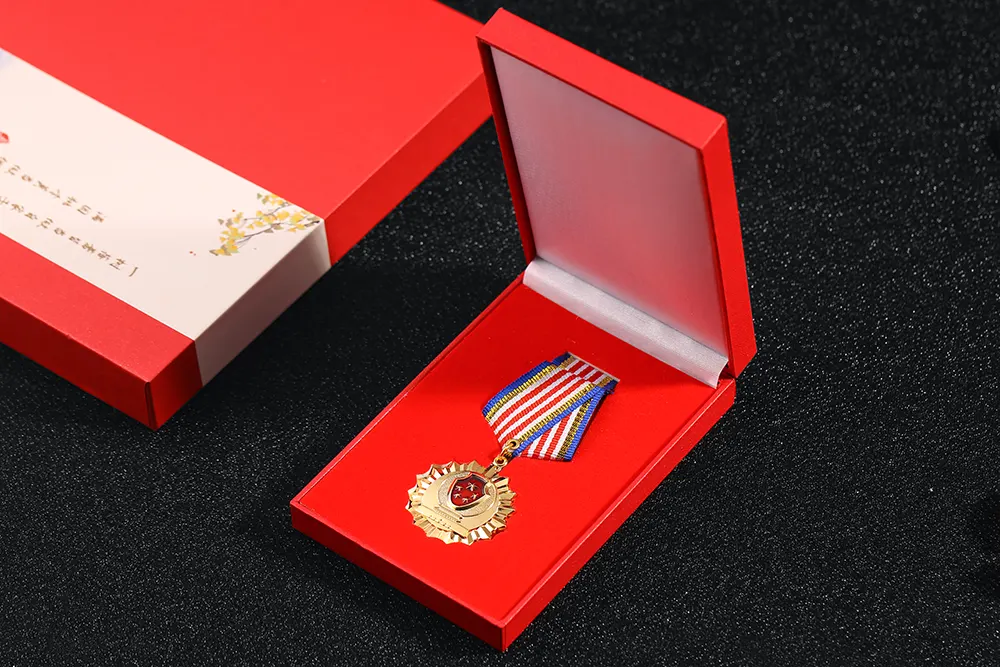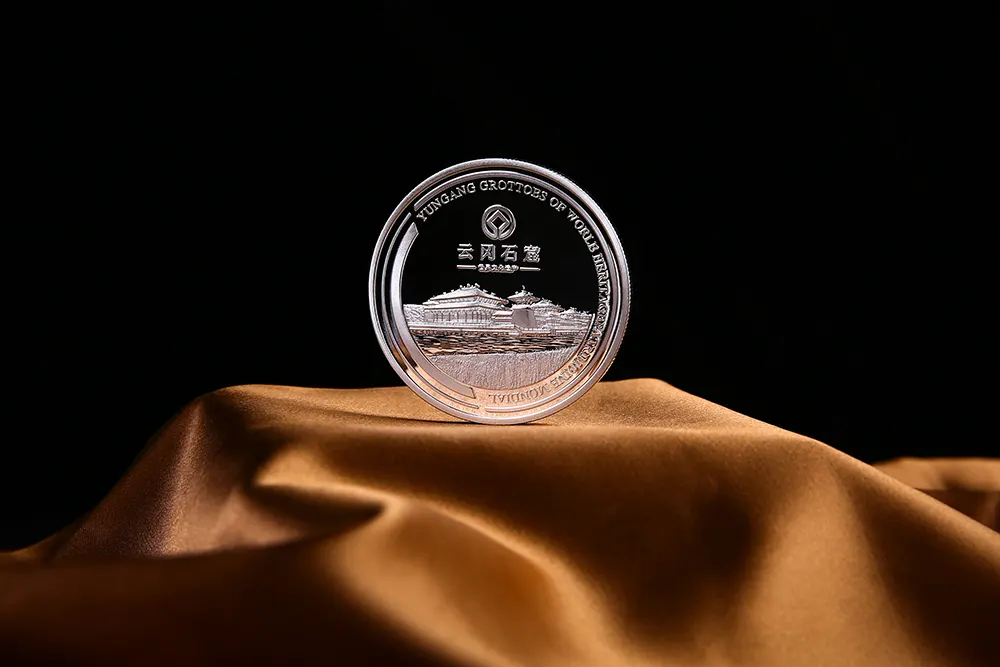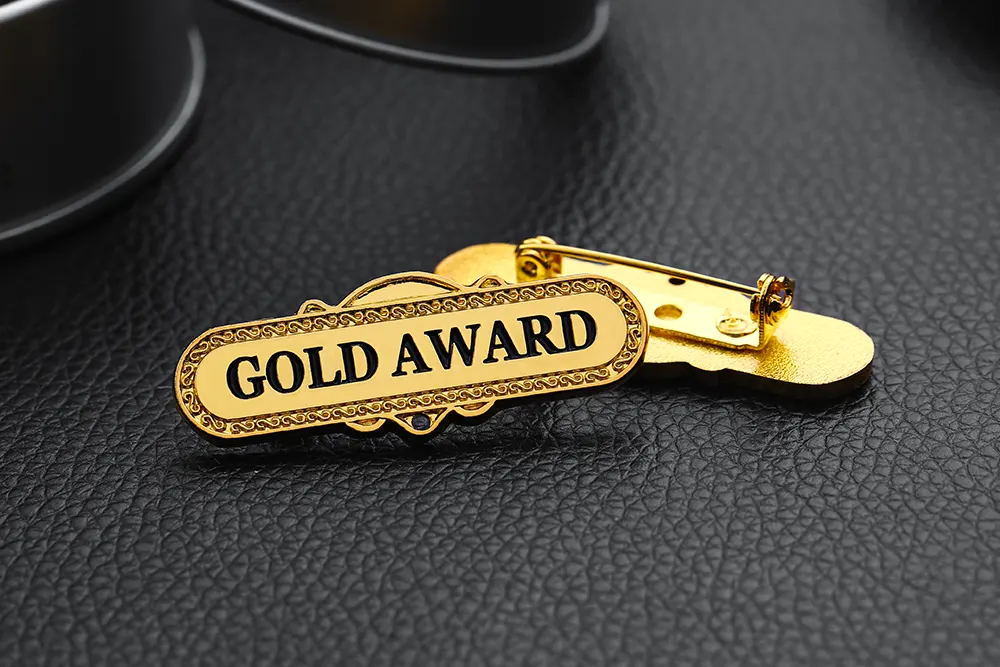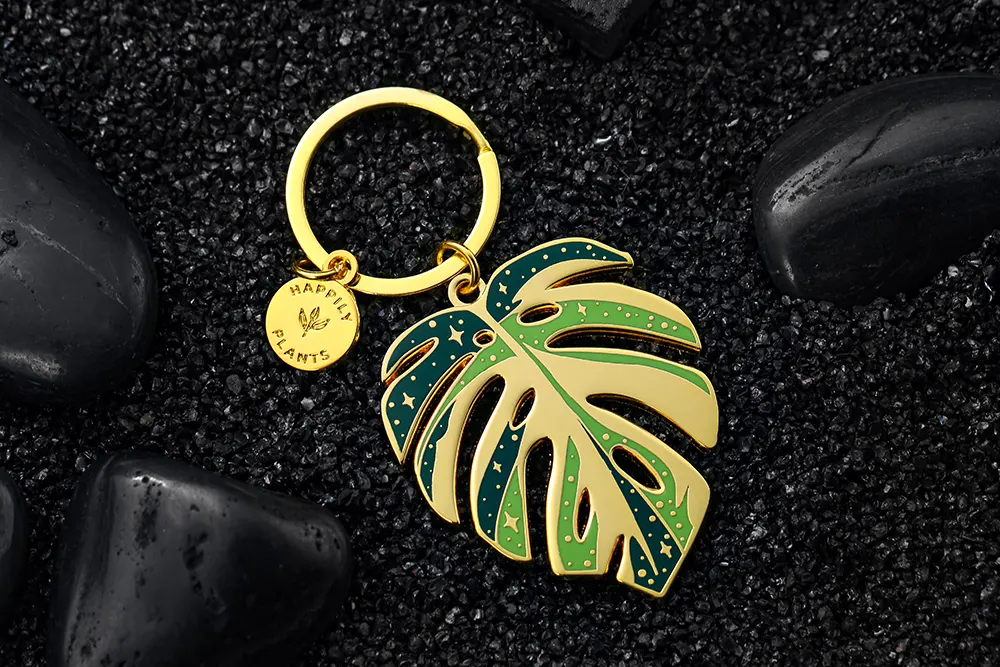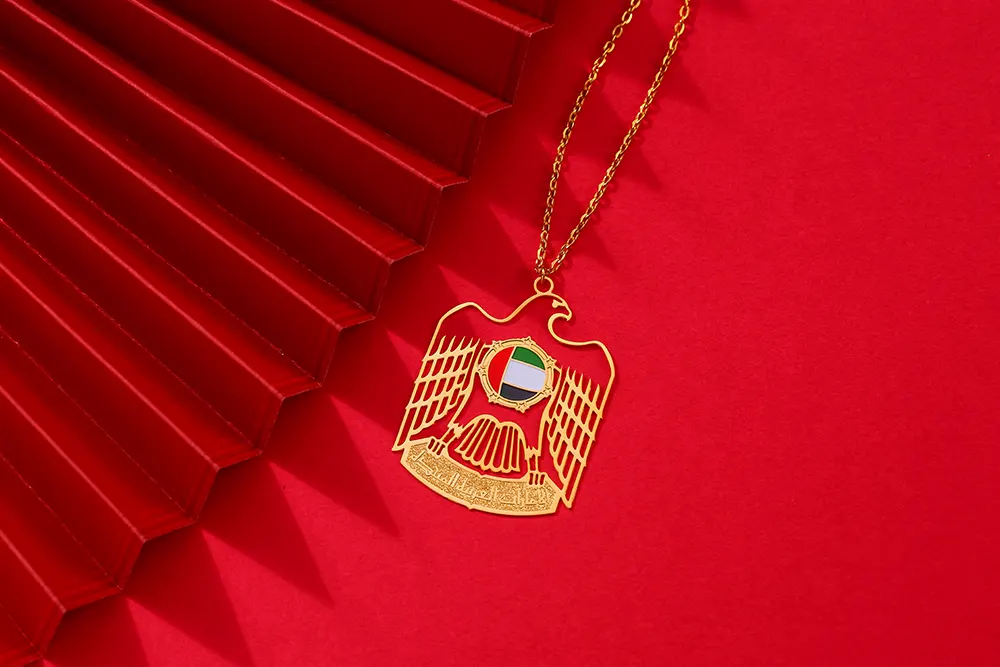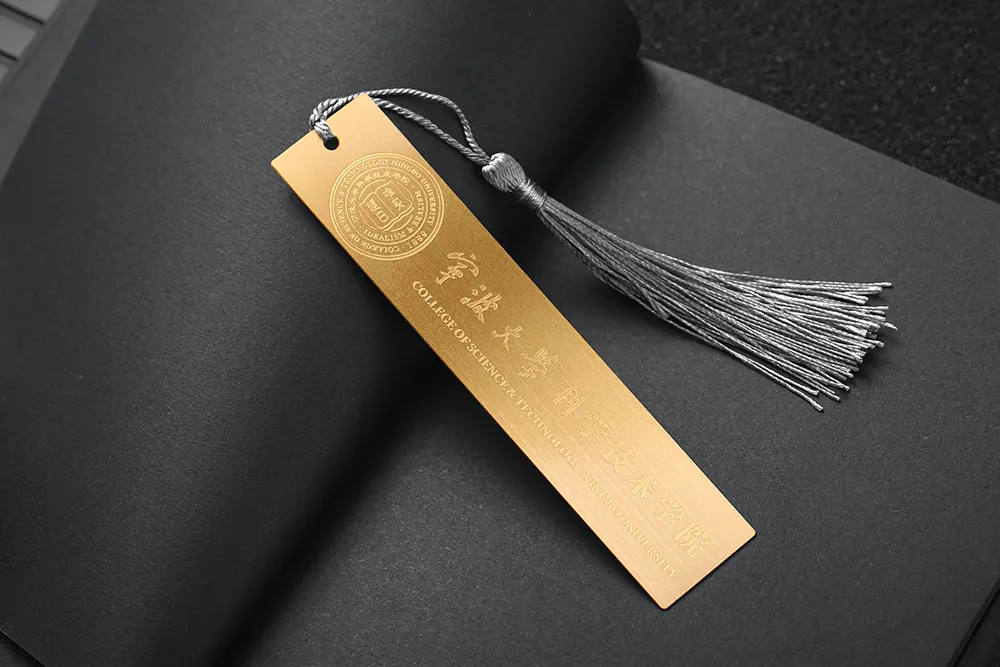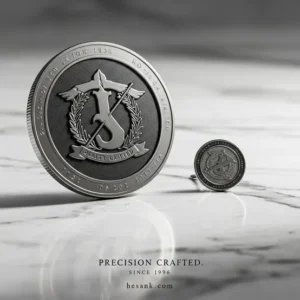Military medals represent some of the most profound symbols of courage, sacrifice, and service in human history. These small pieces of metal carry immense weight, telling stories of bravery on battlefields, dedication in service, and the ultimate sacrifices made by those who wore their nation’s uniform.
What Are War Medals?
War medals are official decorations awarded by governments and military organizations to recognize service members who have participated in armed conflicts or demonstrated exceptional valor. Unlike civilian awards, these honors are earned through military service during wartime, peacekeeping operations, or acts of extraordinary heroism in combat situations.
Each medal tells a specific story. Some recognize participation in particular campaigns or wars, while others honor individual acts of bravery that went far beyond the call of duty. The design, ribbon colors, and accompanying documentation all contribute to the historical record these types of medals represent.
Types of Military Honors
War medals generally fall into several categories. Campaign medals acknowledge participation in specific military operations or wars, such as the World War II Victory Medal or the Iraq Campaign Medal. These are typically awarded to all service members who met certain criteria during a conflict.
Valor decorations represent a higher tier of recognition. Awards like the Medal of Honor, Victoria Cross, or Distinguished Service Cross honor individuals who displayed exceptional courage in combat. These medals often come with detailed citations describing the specific actions that earned the recognition.
Service medals recognize length of service, good conduct, or participation in non-combat operations. While they may not carry the same cachet as valor awards, they represent important contributions to military readiness and operations.
The History Behind These Honors
The tradition of awarding medals for military service dates back centuries. Ancient Romans gave decorations to soldiers, while medieval knights received honors from their monarchs. However, the modern system of military medals largely developed during the 19th century as nations formalized their military structures.
The United States established the Medal of Honor during the Civil War in 1862, making it America’s oldest continuously awarded military decoration. Britain’s Victoria Cross, instituted in 1856, came into being during the Crimean War. These medals set standards that influenced military honor systems worldwide.
I once had the privilege of attending a Medal of Honor ceremony at the White House. Standing in that room, watching a young soldier receive the nation’s highest military decoration, brought home the reality of what these medals represent. The citation described actions that seemed almost impossible—running through enemy fire to save wounded comrades, making split-second decisions that saved lives while risking his own. The medal itself was small, but the weight of what it symbolized filled that entire room.
How Military Medals Are Earned
The process of awarding war medals involves careful documentation and verification. For campaign medals, service members must meet specific criteria, such as serving in a particular theater of operations for a minimum period or participating in designated campaigns.
Valor awards require witness statements, after-action reports, and command endorsements. Multiple levels of review ensure that only actions meeting the highest standards receive recognition. For the most prestigious decorations, this process can take months or even years as investigators verify every detail.
The criteria for each medal are strictly defined. A service member cannot simply be “brave”—they must perform specific actions that meet or exceed the established standards for that particular award. This rigorous process maintains the integrity and meaning of military honors.
The Significance of Medals in Military Culture
Within military communities, medals serve as a visible record of a service member’s experiences and achievements. The “ribbon rack” worn on dress uniforms tells a story that other military members can immediately read and understand. Each color combination represents specific campaigns, deployments, or awards.
These honors also create bonds between generations of veterans. A World War II veteran and an Afghanistan War veteran may have served in completely different conflicts, but they share the understanding of what it means to earn military recognition. The medals become a common language transcending time and specific circumstances.
For families, war medals often become treasured heirlooms, passed down through generations. They represent not just individual achievement but family legacy and the continuation of service traditions.
Collecting and Preserving War Medals
Military medals have become popular collectibles, but ethical considerations surround this hobby. Many collectors focus on preserving the history these awards represent, researching the recipients and documenting their stories. Reputable collectors emphasize that medals should never be separated from information about who earned them and why.
Families often face decisions about how to preserve inherited medals. Professional conservation techniques can protect these artifacts for future generations. Many museums and military archives also accept donations of medals, ensuring their stories remain accessible to researchers and the public.
The market for war medals varies widely. Common campaign medals may have modest value, while rare valor decorations or medals with exceptional provenance can be worth significant sums. However, most veterans and their families view these items as priceless regardless of monetary value.
Modern Military Recognition Systems
Contemporary armed forces continue to award medals, adapting traditional systems to modern warfare. New campaign medals recognize service in recent conflicts in Iraq, Afghanistan, and Syria. The military has also introduced medals for cyber operations, reflecting the changing nature of warfare.
Some nations have reformed their honor systems to better recognize different types of service. For example, several countries now award medals specifically for peacekeeping operations, humanitarian missions, and disaster relief efforts. These additions acknowledge that military service extends beyond traditional combat roles.
The process of awarding medals has also evolved with technology. Digital records now supplement traditional documentation, making it easier to track eligibility and verify service. However, the fundamental principle remains unchanged: recognizing exceptional service and sacrifice.
The Personal Impact of Military Honors
For recipients, war medals often carry complex meanings. Many valor award recipients describe feeling unworthy, believing they were simply doing their jobs or that fallen comrades deserved recognition more. The weight of survival when others did not can make wearing these honors emotionally difficult.
Yet these medals also provide validation and recognition that can aid in healing and processing traumatic experiences. They acknowledge that what the service member endured was real and significant. For many veterans, this formal recognition helps in the difficult transition from military to civilian life.
Communities also benefit when they understand the meaning behind military medals. These honors open conversations about service and sacrifice, helping bridge the gap between military and civilian populations. They serve as tangible reminders of the costs of conflict and the individuals who bore those costs.
Looking Forward
As warfare continues to evolve, so too will the systems for recognizing military service. Future medals may acknowledge new types of operations and threats. However, the core purpose of military honors will remain constant: honoring those who serve, remembering those who sacrifice, and preserving the stories of courage that define military service.
These small pieces of metal and ribbon continue to carry outsized significance. They connect past to present, honor individual achievement while representing collective sacrifice, and ensure that the stories of military service endure for future generations. Whether displayed in a museum, worn on a uniform, or kept in a family’s treasured possessions, war medals remain powerful symbols of the human capacity for courage, duty, and sacrifice.
















